Succulents, often likened to the spiny sentinels of arid deserts, have captivated the hearts of botanical enthusiasts. Their ability to thrive in parched conditions with minimal care renders them not just survivors, but veritable symbols of resilience and adaptability. This captivating uniqueness raises an intriguing question in the realm of indoor gardening: can these drought-resistant marvels be placed in a terrarium? The answer is a resounding yes, and this article will explore the myriad joys and best practices of housing succulents in terrariums.
Terrariums serve as miniature ecosystems, encapsulating the essence of nature within glass confines. They present a unique opportunity to cultivate succulents in a controlled environment while allowing for artistic expression through design. When executed properly, terrariums can mimic the dry habitats of succulents, creating a harmonious atmosphere reminiscent of their desert origins.
Understanding the essence of succulents and the conditions they thrive in is key to successfully integrating them into terrariums. These plants are adept at storing water in their leaves, stems, and roots. However, they do not fare well in constant moisture or overly humid environments. An ideal terrarium for succulents will embody the balance between aesthetic charm and functional requirements.
One must first consider the mechanics of terrarium construction. A closed terrarium, which retains moisture, is not conducive for succulents due to their aversion to excessive humidity. Instead, an open terrarium, which allows for air circulation and rapid evaporation, is advisable. This setting ensures that your succulents will not sulk in stagnant moisture while still enjoying the benefits of being enveloped in a glass sanctuary.
Equally essential is the selection of suitable soil. Recognizing that succulents require a speedy drainage system is crucial. A potting mix crafted specifically for cacti or succulents often suffices. Incorporating perlite or pumice can augment drainage capabilities, fostering a habitat wherein water can escape swiftly, mitigating the risk of root rot.
Creating Depth and Dimension: The Art of Layering
Much like an artist preparing a canvas, layering the components of a terrarium instills depth and aesthetic appeal. Begin by placing rocks or gravel at the bottom of the container; this acts as a drainage layer, preventing the potting mix from becoming overly saturated. Follow with a layer of activated charcoal—this not only absorbs odors but also aids in maintaining a clean terrarium environment, a crucial detail for long-term plant health.
Subsequently, the star of the show—your chosen succulent collection—can be gently nestled into the soil. Arrange these botanical beauties in clusters, allowing for a dynamic visual presentation. Different sizes and shapes can evoke feelings of a well-curated garden, while complementary colors can add an extra layer of enchantment. Allow space for growth, as succulents will inevitably expand over time.
Light and the Art of Positioning: Nurturing Your Succulents
The selection of a perfect location for your succulent terrarium cannot be overstated. These sun-worshippers thrive best in brightly lit spaces, ideally receiving several hours of direct sunlight each day. Positioning your terrarium near a window with filtered light is often optimal. However, beware of placing them in scorching sunlight for prolonged periods, which may incite stress or sunburn on the delicate leaves.
Monitoring the terrarium’s microclimate is essential. An open terrarium allows for fluctuations in moisture and humidity, which necessitates regular observation. The telltale signs of overwatering may include mushy leaves or a noticeably waterlogged substrate—indicators that adjustments need to be made. Conversely, under-watering can be signaled by shriveled leaves, alerting you that your succulent requires some hydration. Finding the sweet spot can be a joyous journey into the world of indoor gardening.
Ornamental Enhancements: Beyond Functions
In addition to being a nurturing environment, terrariums offer a blank canvas for creative expression. Enhancing your succulent arrangement with decorative elements can heighten its appeal. Consider adding ornamental stones, miniature figurines, or driftwood to complement the serene landscape created by succulents. Such additions can serve as focal points or thematic statements, transforming your terrarium into a bespoke piece of art.
Succulents and terrariums are a match made in horticultural heaven. By carefully considering the conditions these resilient plants require and constructing an environment that mirrors their natural habitat, one can unlock the full potential of these beautiful botanical wonders. Not only do succulent terrariums provide a low-maintenance option for plant enthusiasts, but they also create an oasis of tranquility within one’s living space, embodying nature’s delicate balance. With thoughtful arrangement, mindful care, and a touch of creativity, your terrarium can flourish, serving as a verdant reminder that even in the most unlikely settings, beauty can thrive.
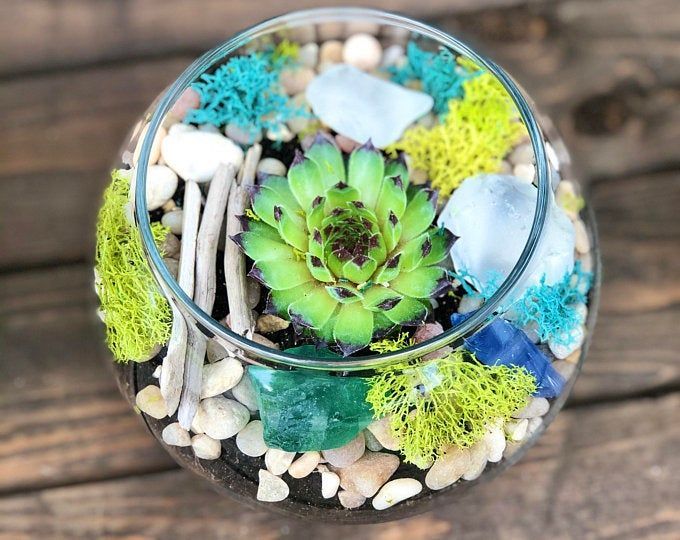
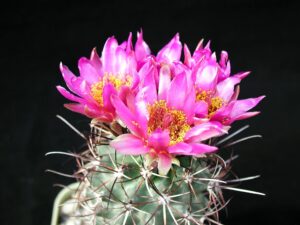
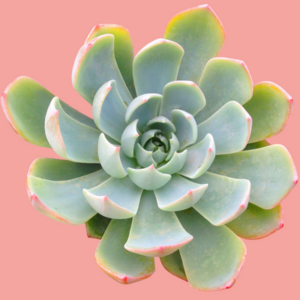
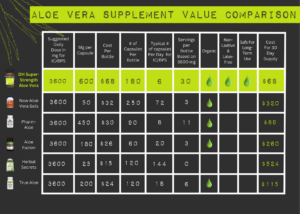
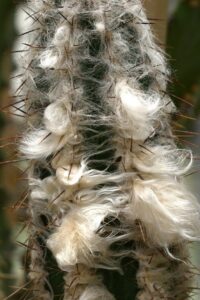
Leave a Comment